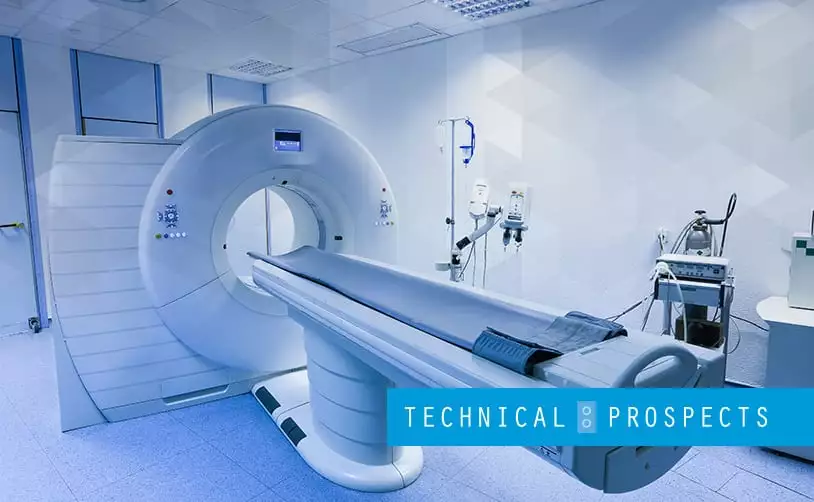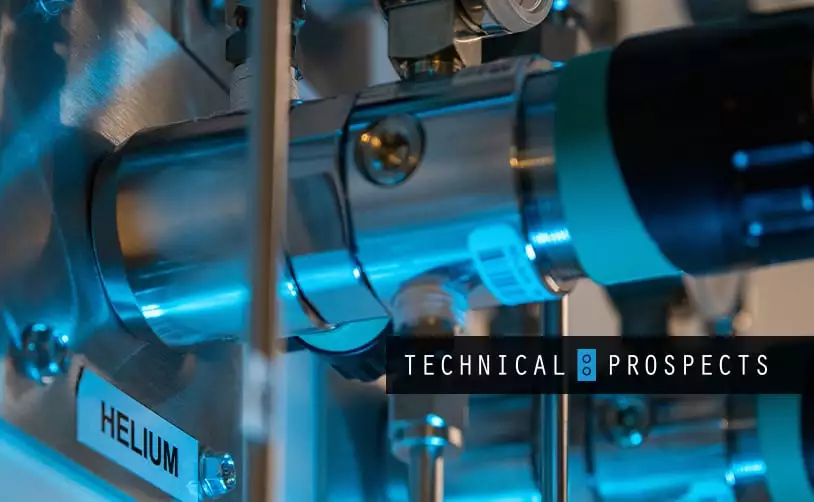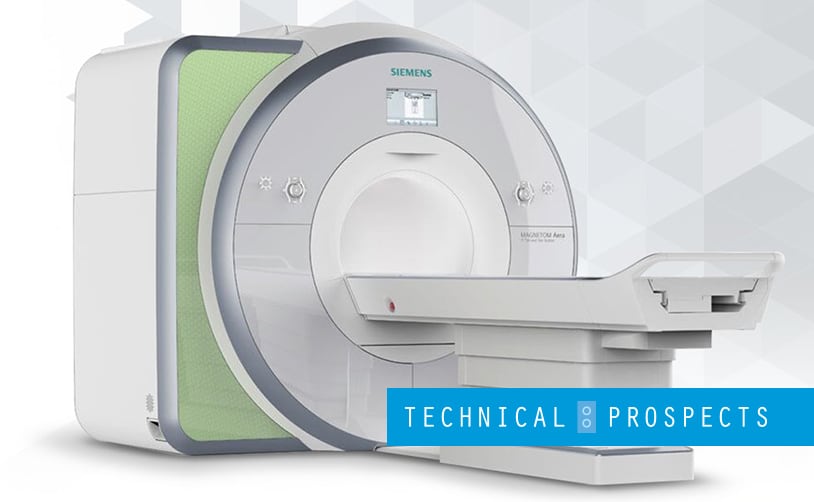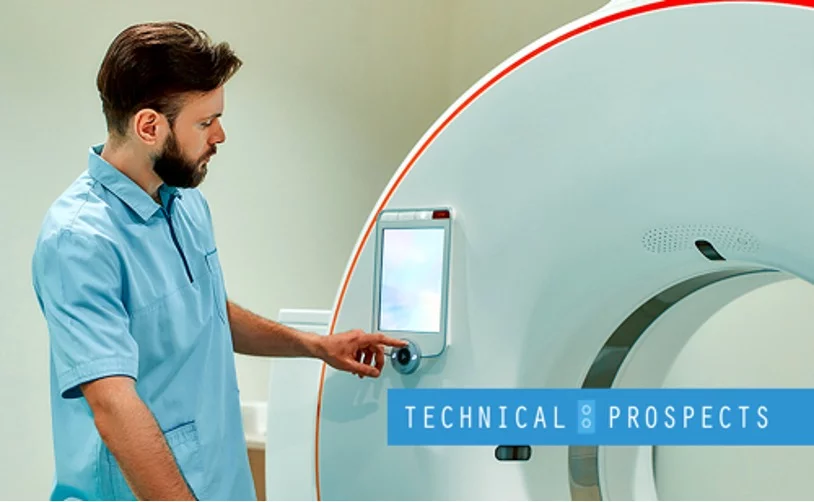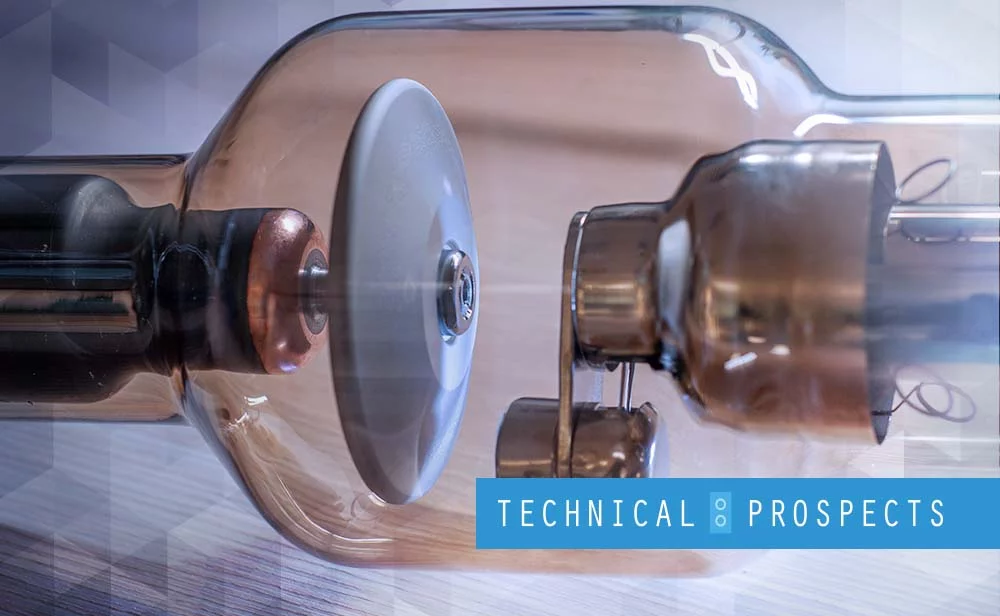In Part 1 of our exploration of helium in the medical industry, we looked at its history and how MRI parts use helium. We also examined how its scarcity affects its retail price. However, these are not the only factors affecting the volatility of liquid helium prices. Another primary reason for its variable pricing is public policy. In 1996, Congress passed the Helium Privatization Act. This law shut down and gradually sold off the government’s Amarillo, TX federal helium reserve. It created a massive event with effects rippling to this day. This 1996 law has led to the cancelation of various scientific research projects.
The Federal Helium Reserve held over one billion cubic meters of helium in a natural gas storage formation. When Congress passed the Helium Privatization Act, it depressed prices and inhibited competition. They attempted to correct this in 2013 by extending the life of the reserve. However, this has discouraged competition even more, and in 2019, American news outlets reported a helium shortage in the country.
Why Helium Is Valuable In Laboratory Work
Helium is the only known element that exhibits superfluidity at −452.2 degrees Fahrenheit. In comparison, water freezes at 32°F. As such, it is valuable in scientific research. Physicists use liquid helium in dilution refrigerators. This substance lets them cool samples to a degree above absolute zero, which lets them study minute effects that would be unobservable otherwise. Apart from this, liquid helium minimizes fluctuations in the view afforded by telescopes, which lets scientists observe space better.
These make helium a valuable part of scientific research, but it is also useful in welding. Helium gas can control heat transfer and cools down components in the semiconductor industry. It can detect leaks in containers meant to be in high-pressure situations and cool down magnetic MRI parts and other superconductors. Because technology will keep advancing, there will be greater demand for helium, especially in the areas requiring research in quantum physics.
MRIs In The Future: Will Helium Be A Staple Substance?
MRI technology has advanced considerably since the first commercial machines came out. For one, they do not use up as much helium as before. The new zero boil-off magnets prevent the need for regular refills, and MRI quenches contain the risk of helium leaks. Besides, newer systems do not need as much helium to operate. They can keep magnets cool with a smaller amount of the substance.
However, MRI systems still need helium, and the demand for magnetic imaging machines will keep growing. Medical and scientific facilities will have to replace old systems and meet a growing population’s demands, which means more purchases of MRI scanners.
Conclusion
Helium is a staple in various scientific and medical procedures, most notably in MRI scanning. The scientific community remains optimistic, though, that MRI technology will advance far enough that it would no longer need helium at some point. Since imaging has made massive leaps and innovations in such a short period, non-helium MRI scanners may well be a reality in the next few years.
Get top-of-the-line MRI parts and scanners at Direct Med Parts. We stock parts for GE, Phillips, Siemens, and more brands, delivering 24/7 to anywhere in the U.S. We also provide repair services for MRI parts. Contact us today for more information!


